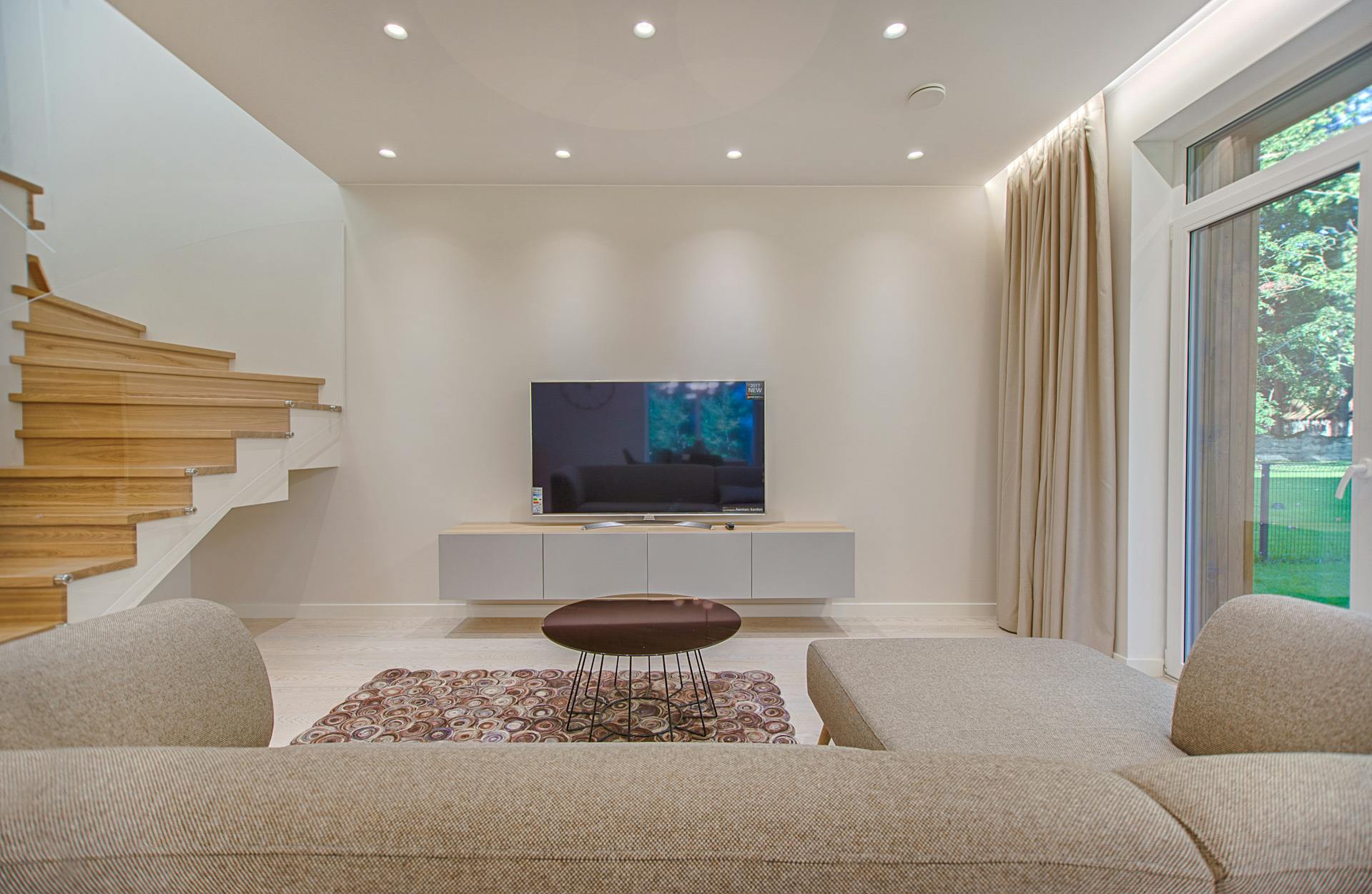

Question: Does Leaving a TV Plugged in Use Electricity?
Answer: Yes, leaving a TV plugged in uses electricity even when turned off. This powers features like remote control functionality and quick start-up.
The Silent Energy Drain: Understanding Phantom Loads
Does leaving a TV plugged in use electricity? The short answer is yes. Even when turned off, many modern electronics continue to draw power, contributing to what experts call “phantom loads,” “standby power,” or “vampire power.” This seemingly insignificant drain can accumulate over time, impacting both your energy bill and the environment.
Why Do Electronics Use Power When Off?
Many electronic devices remain in a low-power standby mode, even when switched off. This allows them to respond quickly to remote controls or perform background tasks like checking for software updates or maintaining internal clocks. Features such as instant-on capabilities, network connectivity, and illuminated displays contribute to this standby power consumption.
Click this link to read more about realtors in Orangeville
Related Article: Should I Get a Heat Pump Or Furnace?
Related Article: Does Leaving a Kettle Plugged in Use Electricity?
How Much Electricity Does a TV Use in Standby Mode?
While the exact amount varies depending on the make, model, and age of the television, a typical modern TV might draw between 0.5 and 5 watts in standby mode. Older models or those with more advanced features might consume even more. Although this might seem small, consider the cumulative effect of multiple devices and the fact that they draw this power 24/7. This adds up to a considerable amount of wasted energy and unnecessary expense over the course of a year.
Reducing Phantom Loads in Your Home
Fortunately, you can take several steps to minimize these phantom loads and reduce your energy consumption:
Unplug Devices
The most effective way to eliminate standby power is to unplug electronics when not in use. This is particularly practical for devices used infrequently, like secondary televisions or game consoles.
Use Power Bars
Power bars with on/off switches offer a convenient way to control multiple devices at once. Simply switch the power bar off to cut power to everything connected to it.
Smart Power Strips
Consider investing in smart power strips that automatically detect when a device is in standby mode and cut off the power supply. Some models also allow remote control via smartphone apps, offering greater convenience and control.
Look for Energy-Efficient Electronics
When purchasing new electronics, look for models with low standby power consumption. Energy Star certifications can help identify appliances that meet certain energy efficiency standards.
Adjust Power Settings
Explore the settings menus of your devices. Some TVs and other electronics offer power-saving modes that reduce standby power consumption. Disable features like quick start if they are not essential.
The Financial and Environmental Impact of Phantom Loads
Although the standby power consumption of a single TV might seem negligible, the collective impact of numerous devices across households contributes significantly to overall energy waste. This translates to higher electricity bills for consumers and a greater strain on the power grid. Reducing phantom loads not only saves money but also reduces greenhouse gas emissions, promoting a more sustainable environment.
Consider this example: A TV drawing 1 watt in standby mode, left plugged in for a full year, consumes approximately 8.76 kilowatt-hours (kWh) of electricity. Assuming an average electricity price of $0.15/kWh, this amounts to about $1.31 per year. While this might seem insignificant for one device, the costs accumulate when you factor in multiple devices in a household.
Conclusion
Does leaving a TV plugged in use electricity? Yes. While the standby power consumption might seem small, it adds up over time, impacting both your wallet and the environment. By adopting simple strategies like unplugging devices, using power bars, and choosing energy-efficient electronics, you can significantly reduce phantom loads in your home and contribute to a more sustainable future. Even small changes can make a big difference in the long run. [ 1 ]
References
1. https://green-energy-efficient-homes.com/waste-electricity.html


